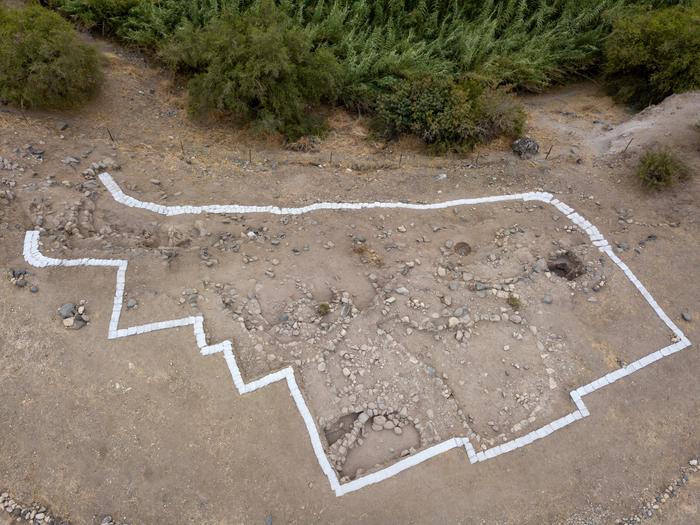Homes were not always so square. Long before our abodes were defined by right-angled corners and straight walls, houses came in a wide variety of shapes and sizes in West Asia, the land where many of the earliest complex settlements emerged.
ADVERTISEMENT
It was often thought that early human societies primarily built rounded structures, which dominated for thousands of years before gradually giving way to the rectangular buildings common today. However, new research suggests that early architectural development in the Near East was far more complex than this.
Archaeologists have recently used computers to analyze the architectural development of early settlements built between 15,000 to 8,500 years ago, totaling 118 structures from 23 sites in the Mediterranean region and Jordan Valley of the southern Levant.
The results showed that the architectural development in this key time and place did not fit with the classic “round to rectangular” pipeline.
“There is considerably more variability than can be subsumed in the traditional ‘round to rectangular’ scheme of architectural development,” the study authors write.
Per the study, the earliest rectangular buildings were constructed by the Natufian culture, a hunter-gatherer community that lived around 15,000 to 11,500 years ago in the region that now includes Israel, Palestine, Jordan, Lebanon, and Syria.

Aerial photograph of structures at the Natufian site of Nahal Ein Gev II, demonstrating the variety of shapes.
Image credit: Naftali Hilger
Even during this time, structure shapes remained quite varied, suggesting that formalized conventions had yet to take hold. However, as the Neolithic period progressed, architectural forms became more standardized, possibly indicating the rise of established building traditions.
ADVERTISEMENT
Today, the vast majority of buildings follow a rectangular geometry. As explained by a 2006 essay, there are several theories as to why this is the case. Firstly, gravity might play a key role. Flat floors provide stability for people and furniture, while vertical walls efficiently support loads.
Another idea is that rectangles favor efficient space usage as they allow rooms to be packed together without wasted gaps. Additionally, historical construction tools, such as T-squares and set squares, made it easier to design and build rectangular structures.
Maybe these forces were known to the minds of ancient builders as they designed their homes, or perhaps right-angled structures became dominant simply because they endured, surviving like a product of architectural natural selection.
While our modern world is dominated by rectangles, the winding path of architectural evolution shows us that human creativity has never been confined to straight lines. It’s easy to imagine a future where shifting needs, new technologies, or a desire for novelty bring back circular or entirely new geometric forms.
ADVERTISEMENT
For instance, when we start building extraterrestrial habitats on the Moon, Mars, or beyond, the familiar dominance of rectangles may give way to designs better suited for alien environments, breaking the old rules that have shaped our architecture for thousands of years.
The study is published in the journal Archaeological Research in Asia.
Source Link: Why Are Most Houses Rectangular – And When Did That Become The Norm?